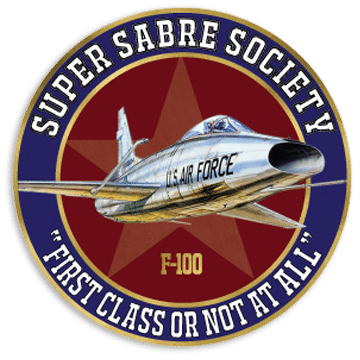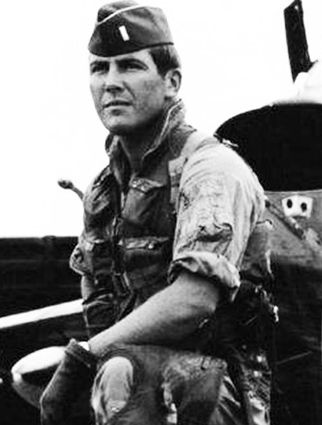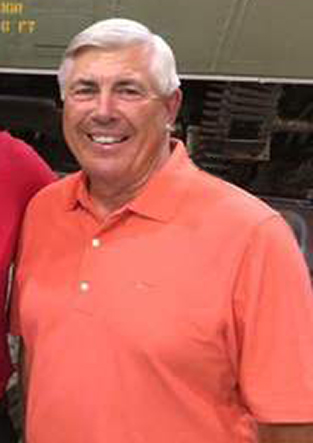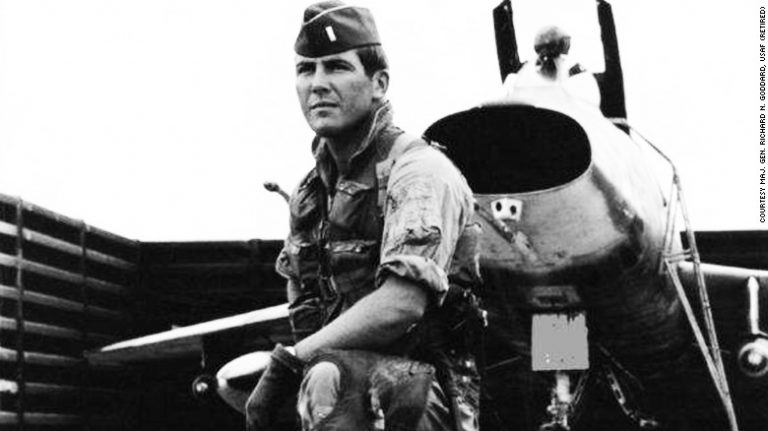Rick’s “titanium mistress”…
“I called it my titanium mistress because you depended on it to work exactly as it was designed. You depended on your crew chief to make sure everything worked as it should.”
Goddard flew combat missions in his “titanium mistress,” including support missions where he dropped bombs and other ordnance to support troops fighting on the ground. Like many F-100 pilots, he conducted bombing and strafing missions to disrupt enemy supply lines along the Ho Chi Minh Trail.
Bombing runs in the F-100 required “a tremendous mathematical operation in your head You had to determine if your dive angle, drift, altitude, and airspeed were correct at the moment you released your bombs. All that had to be done in your brain.”
The Defense Department lists 1,785 US Air Force battle deaths during the Vietnam War era. “We lost some very good friends who didn’t come home.” When he received his Silver Star he said, “Lots of other folks have done marvelous acts of bravery in every way, but there was never anybody there to report it.”
Over the years, he’s become more thankful that his “titanium mistress” helped keep him alive during combat.
“I began to think I owed that airplane a lot,” Goddard said.
That sentiment made Goddard go looking for his plane. The tail number led him to Cape Cod’s Otis Air National Guard Base, where he found it displayed outdoors in bitter New England winters. “I couldn’t just let it just sit in the cold in Massachusetts,” he said.
He enlisted help from the Museum of Aviation. The museum has restored Goddard’s old Super Sabre and it is on display.
“It (the F-100) never balked; it never said, ‘I can’t do this,’” Goddard said. “It took some hits and it still brought me home. So, I owe that airplane to sit somewhere where it can be admired and respected.”(1)
Major General Rick Goddard retired from the USAF in March of 2000. In 2003, Georgia Governor Sonny Perdue appointed Goddard to the Board of Directors of the Georgia Military Coordinating Committee, which is chartered to provide direct support to Georgia’s military installations and military service members in Georgia.[3]
Since July 2006, Goddard has been the Vice President and Chief Technology Officer of Mercer University in Macon, Georgia;[4] prior to that, he was the Senior Vice President for Administration.[5]
(Source: (1) quotes excerpted from the article: Air warrior pays a Memorial Day tribute to his ‘titanium mistress’ by Thom Patterson, CNN, May 25, 2017) For the full article go to https://www.cnn.com/2017/05/25/politics/century-series-usaf-jet-fighter-pilot/index.html, (2) Wikipedia











